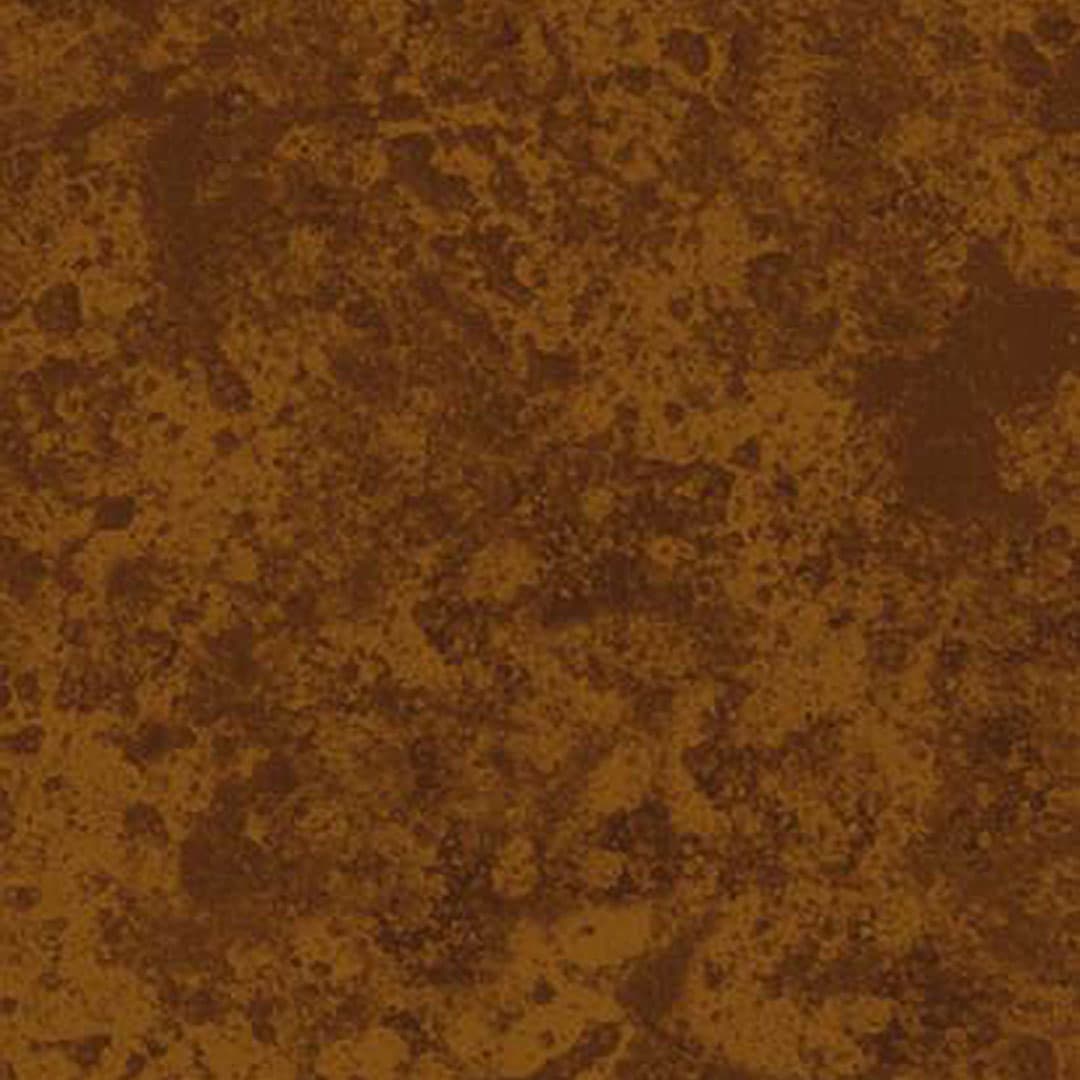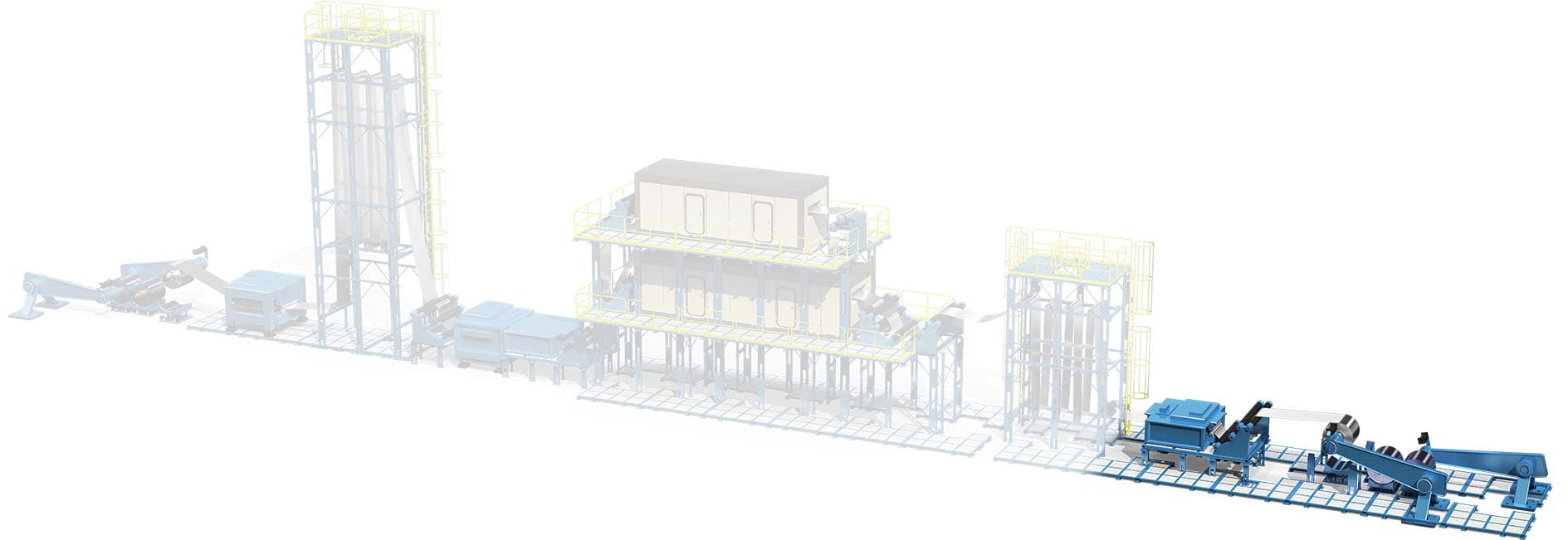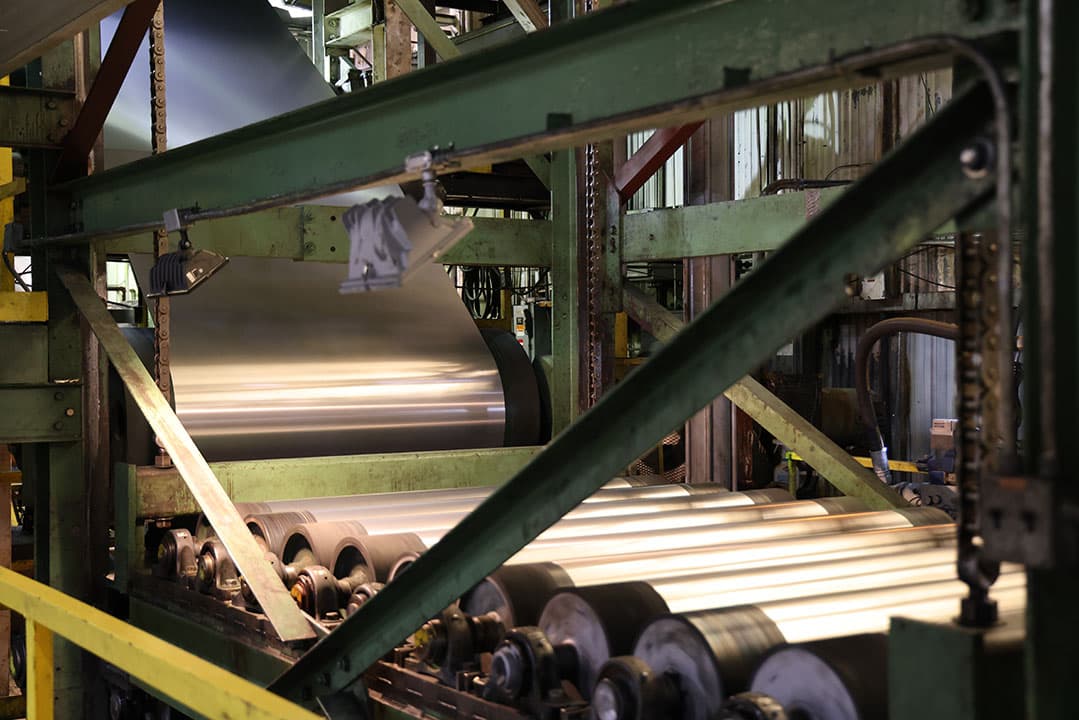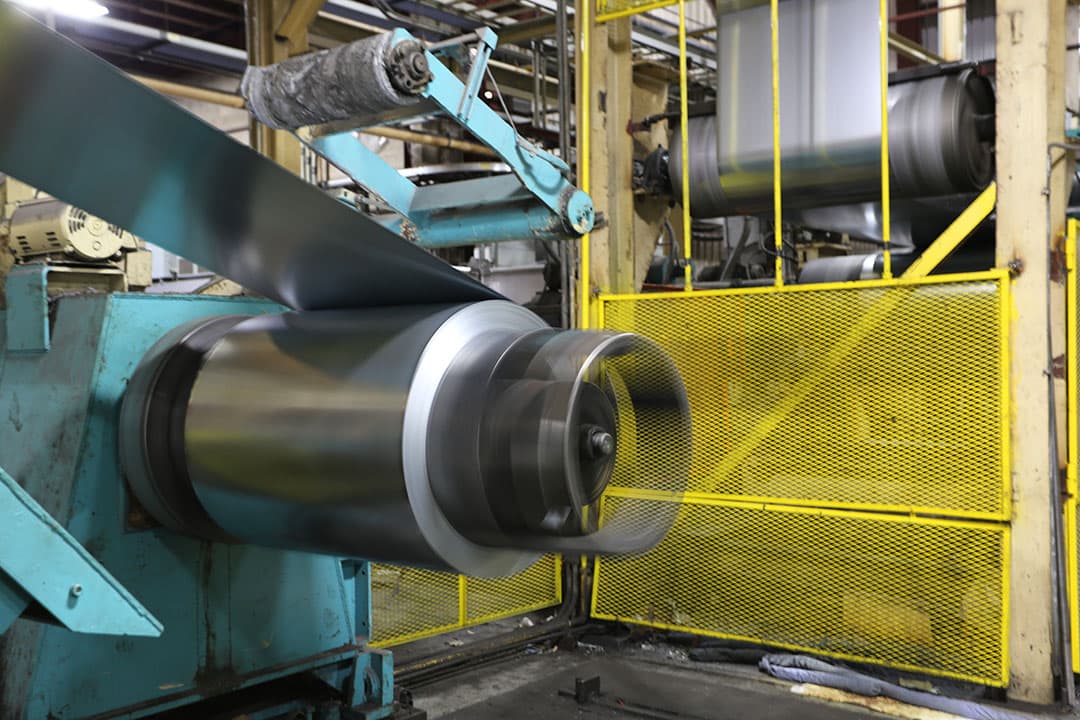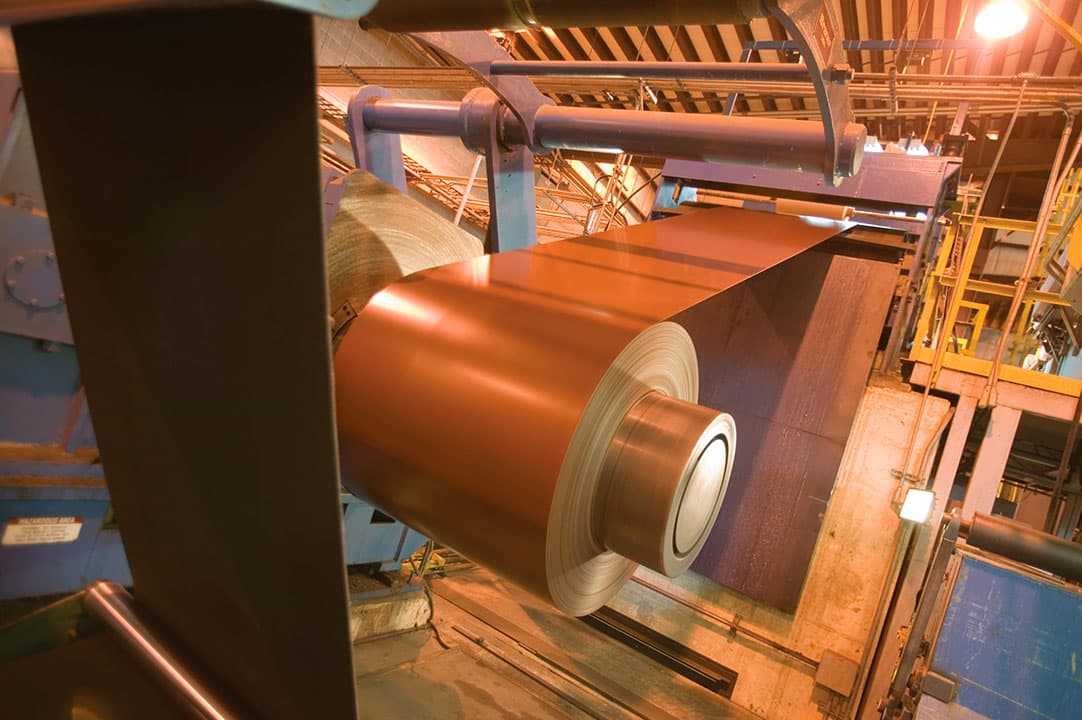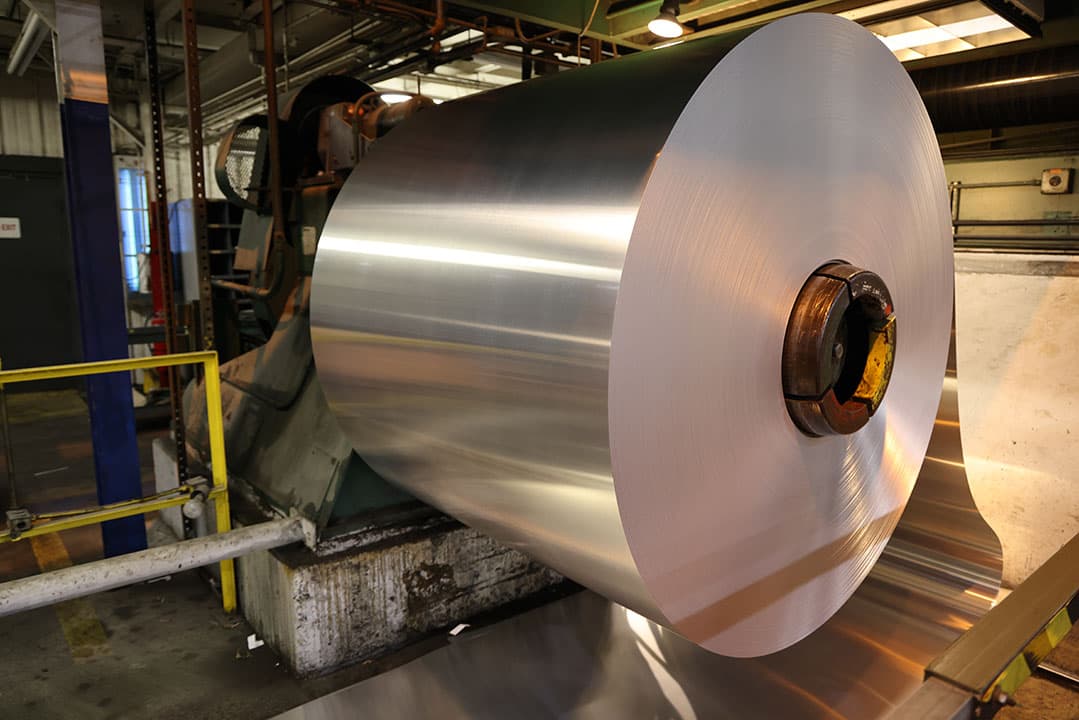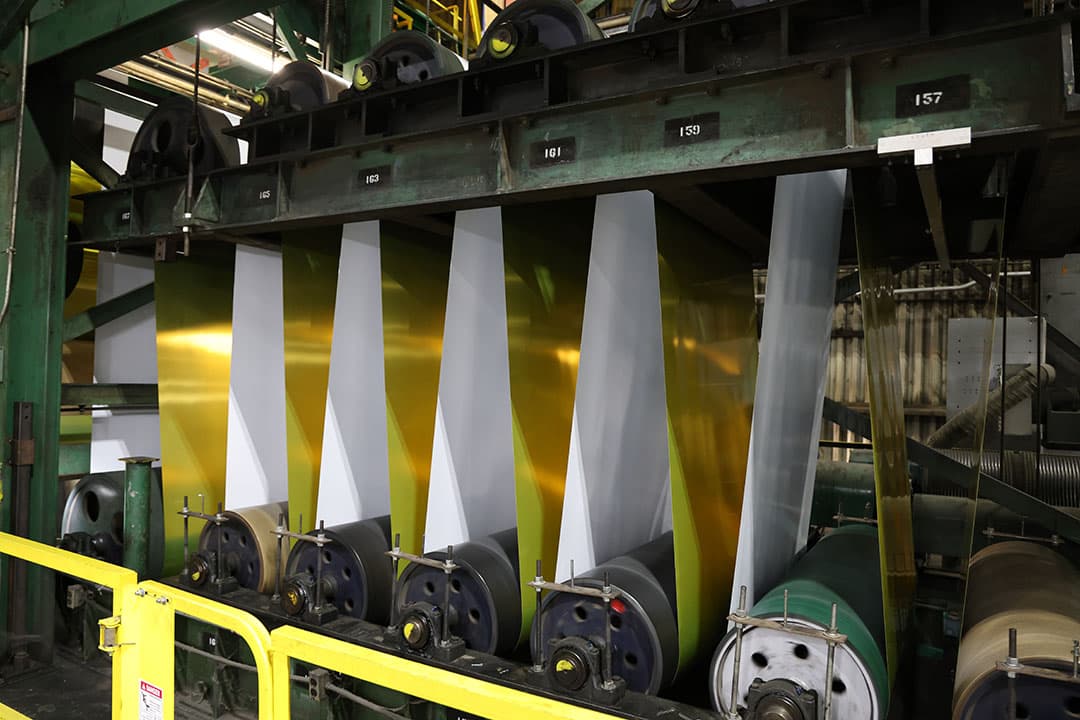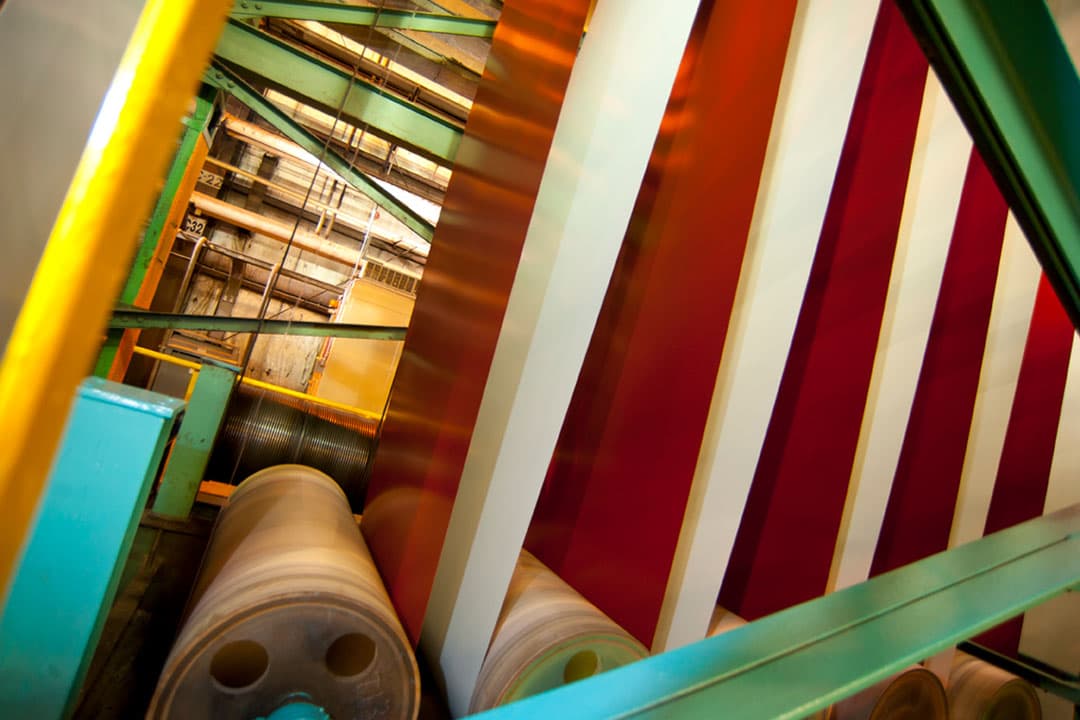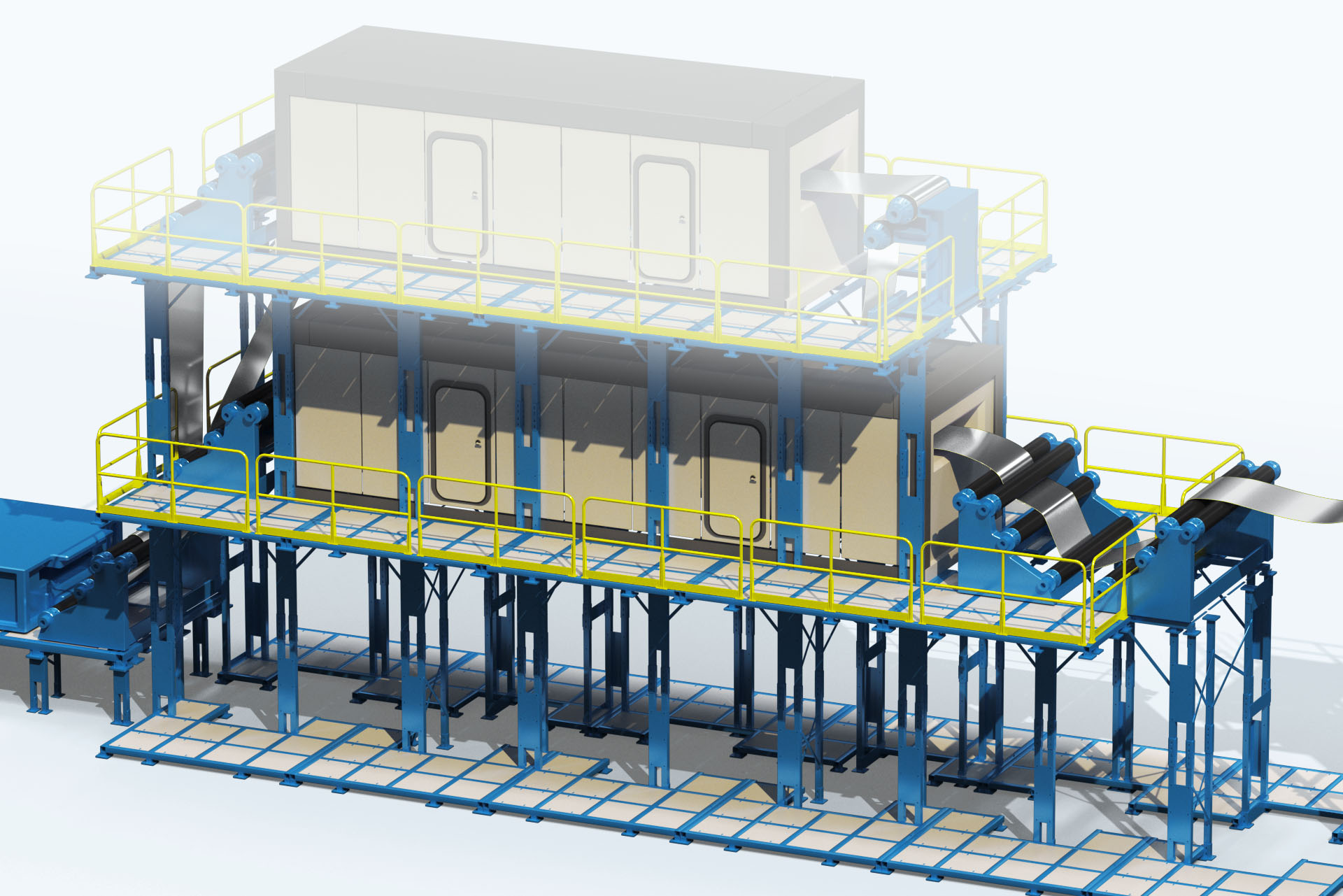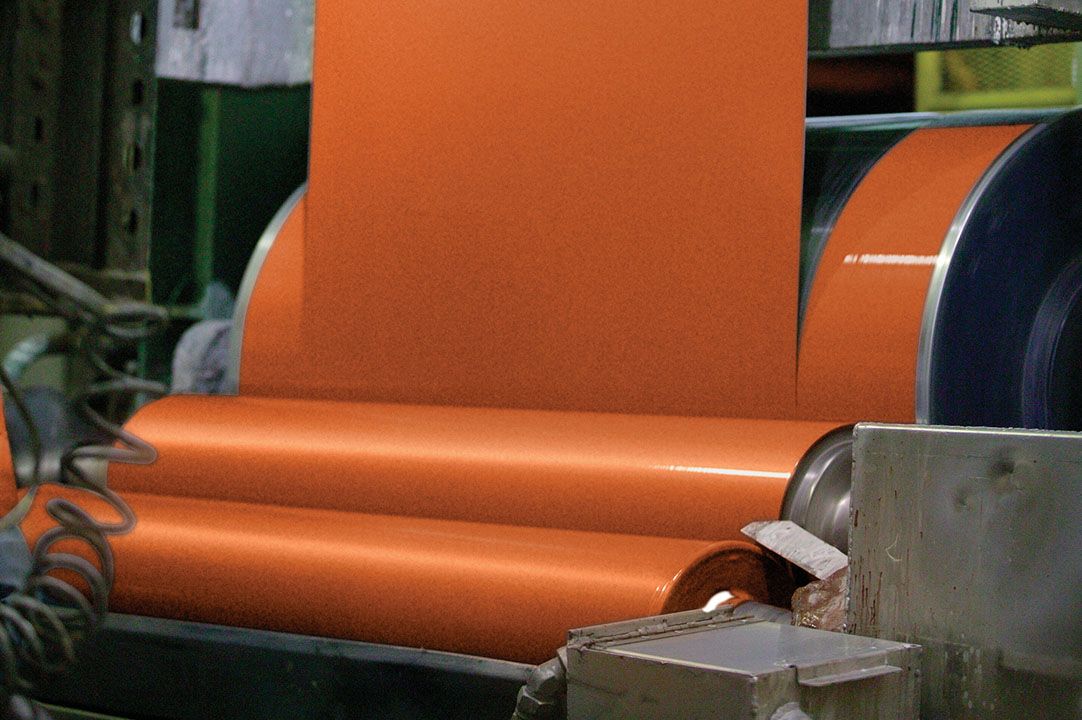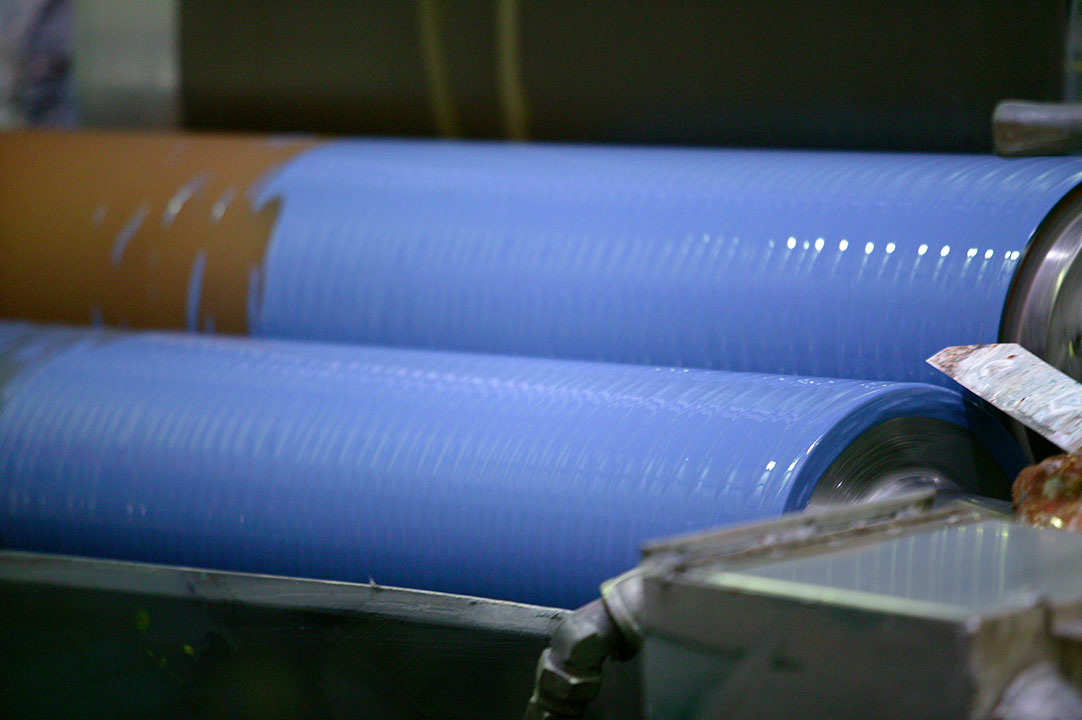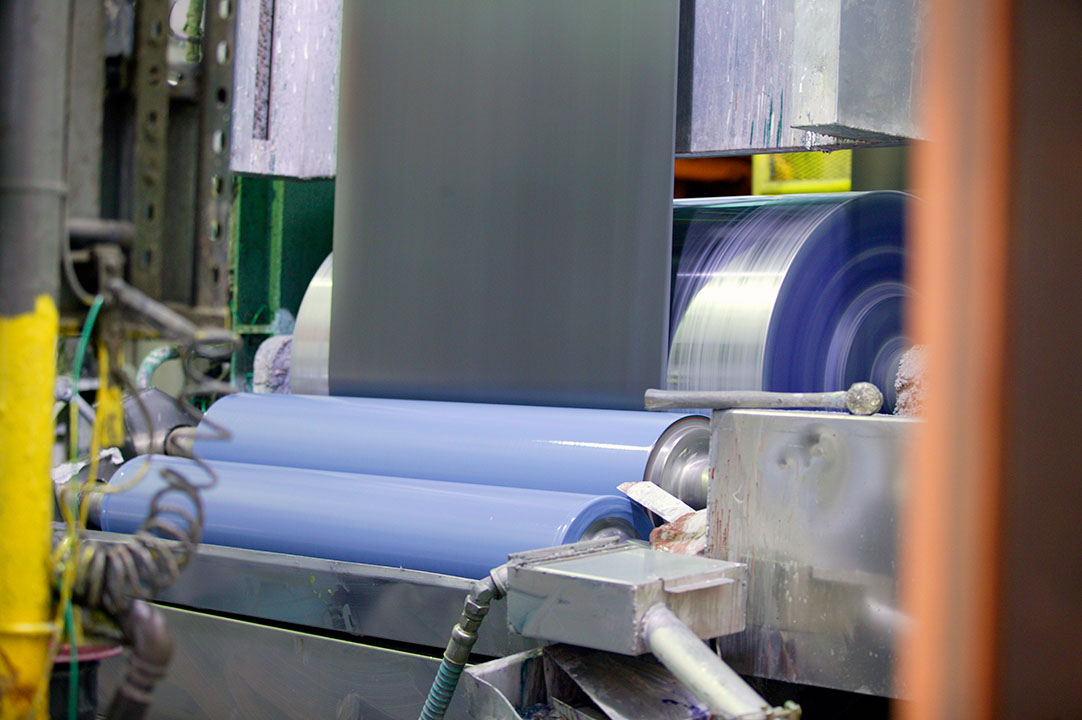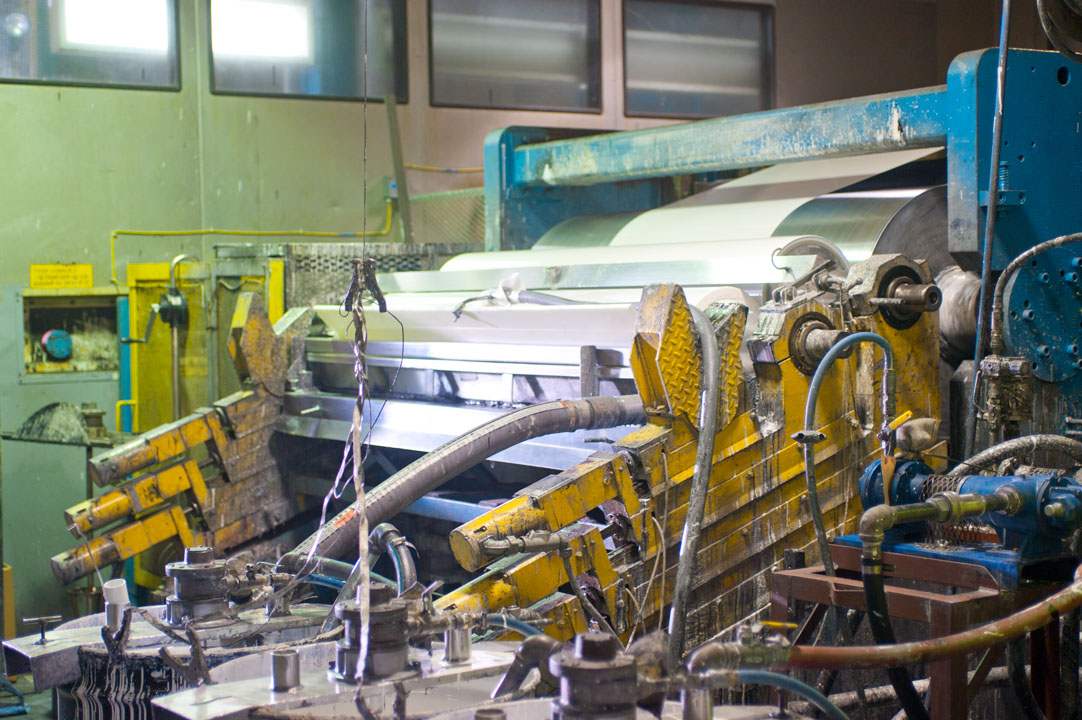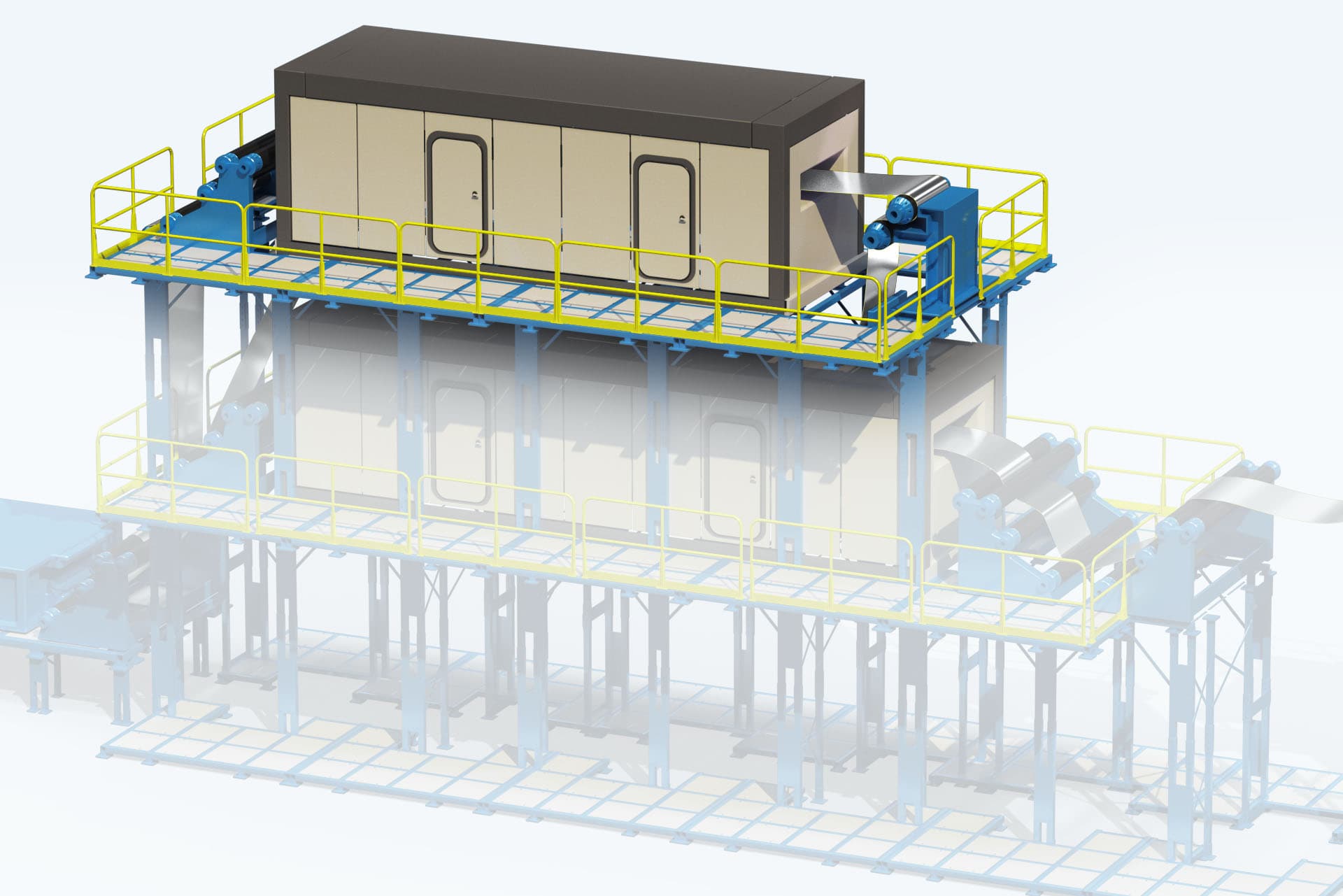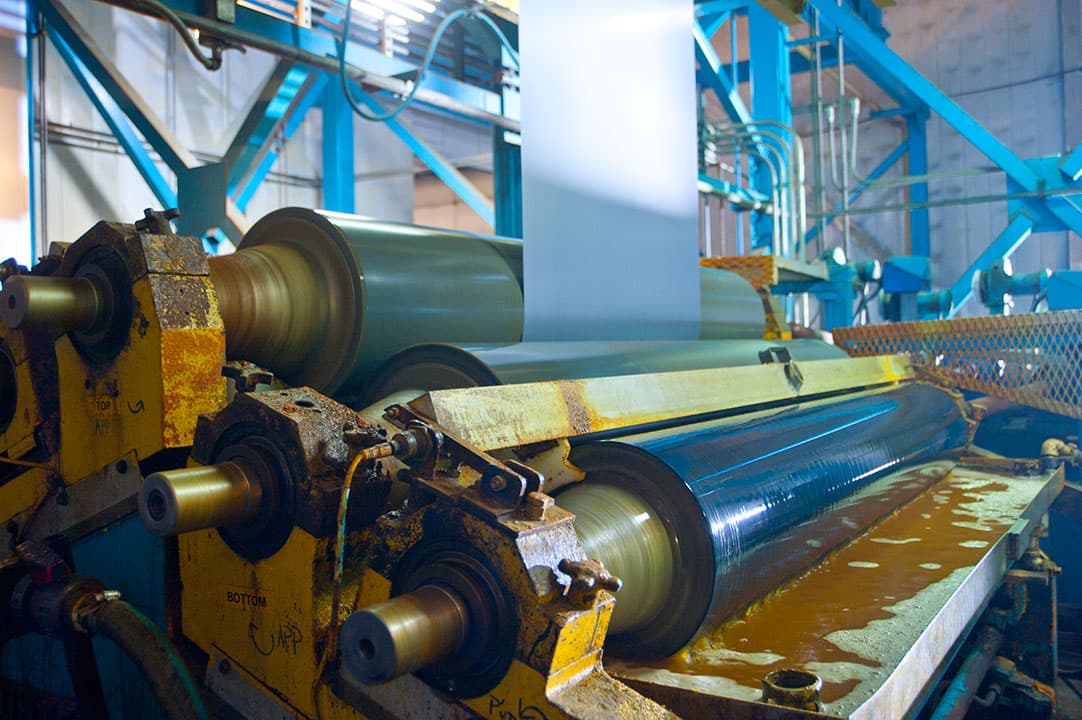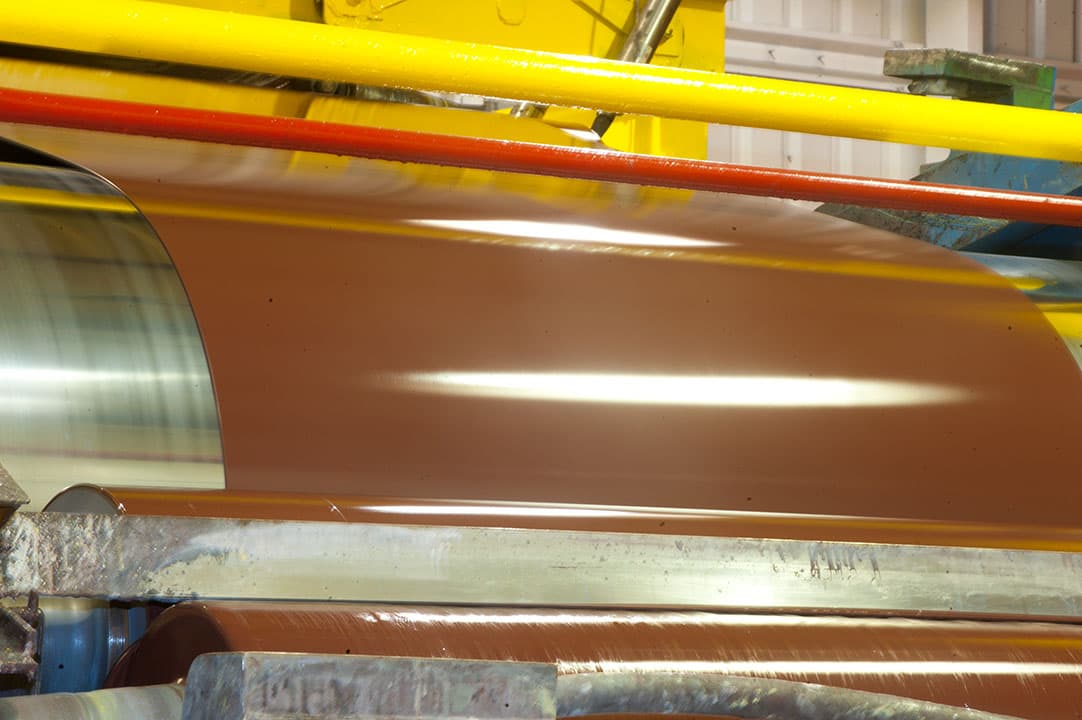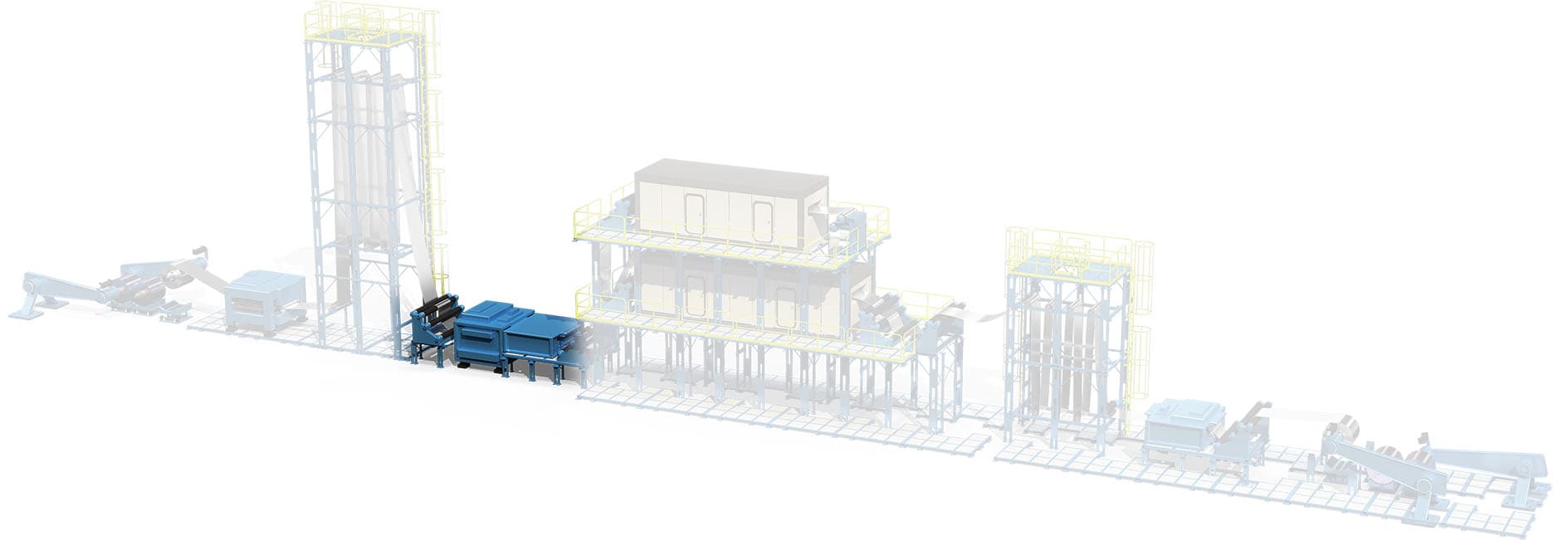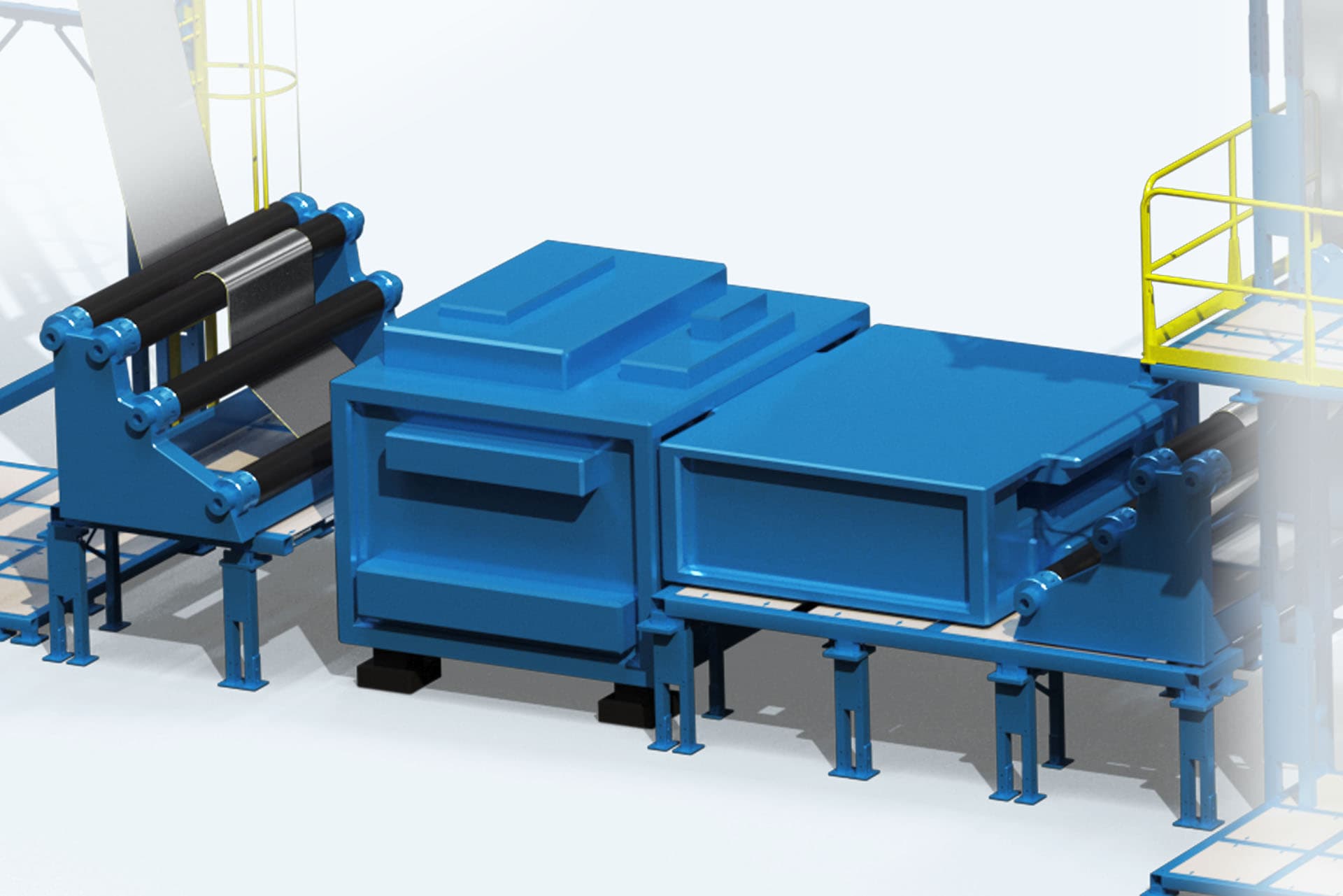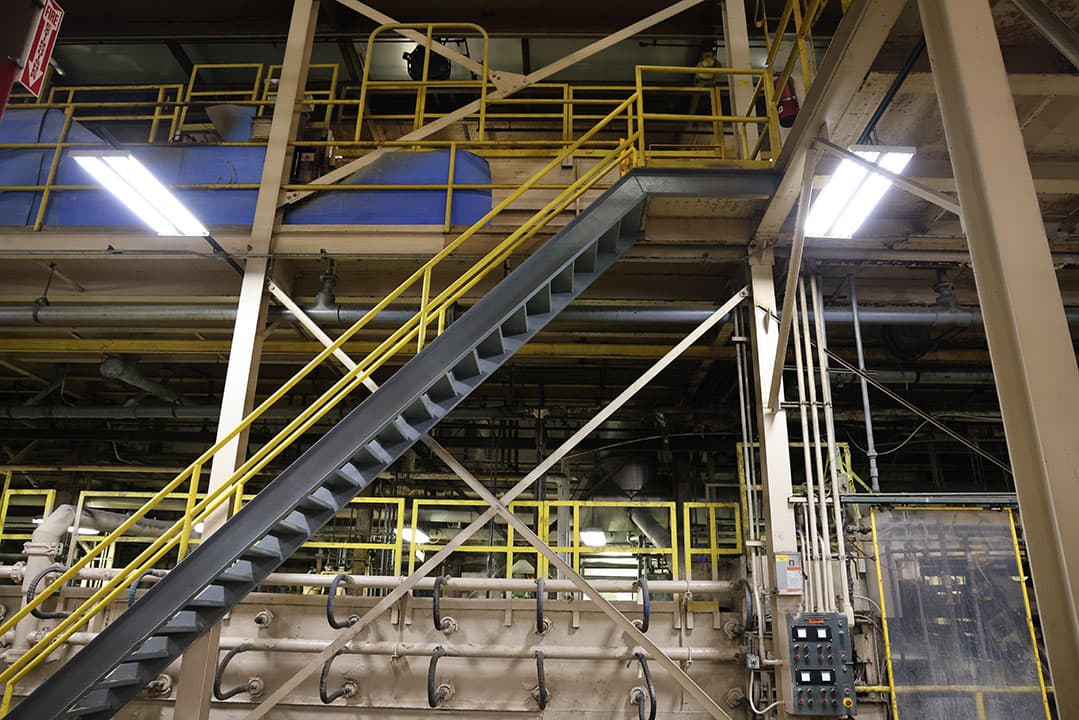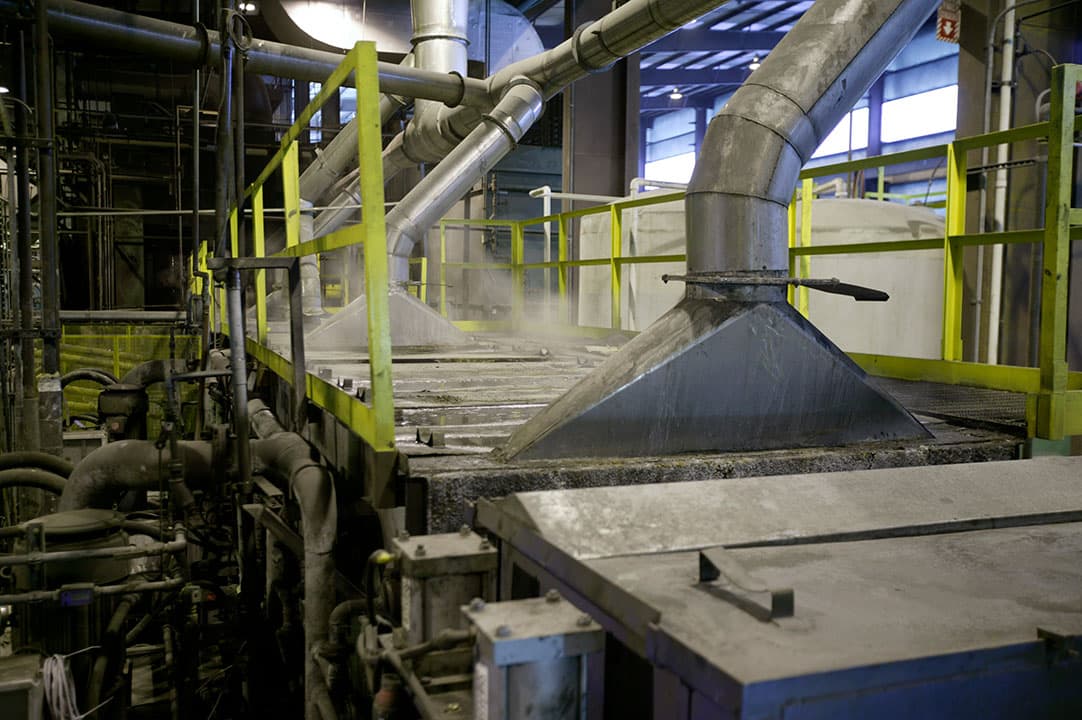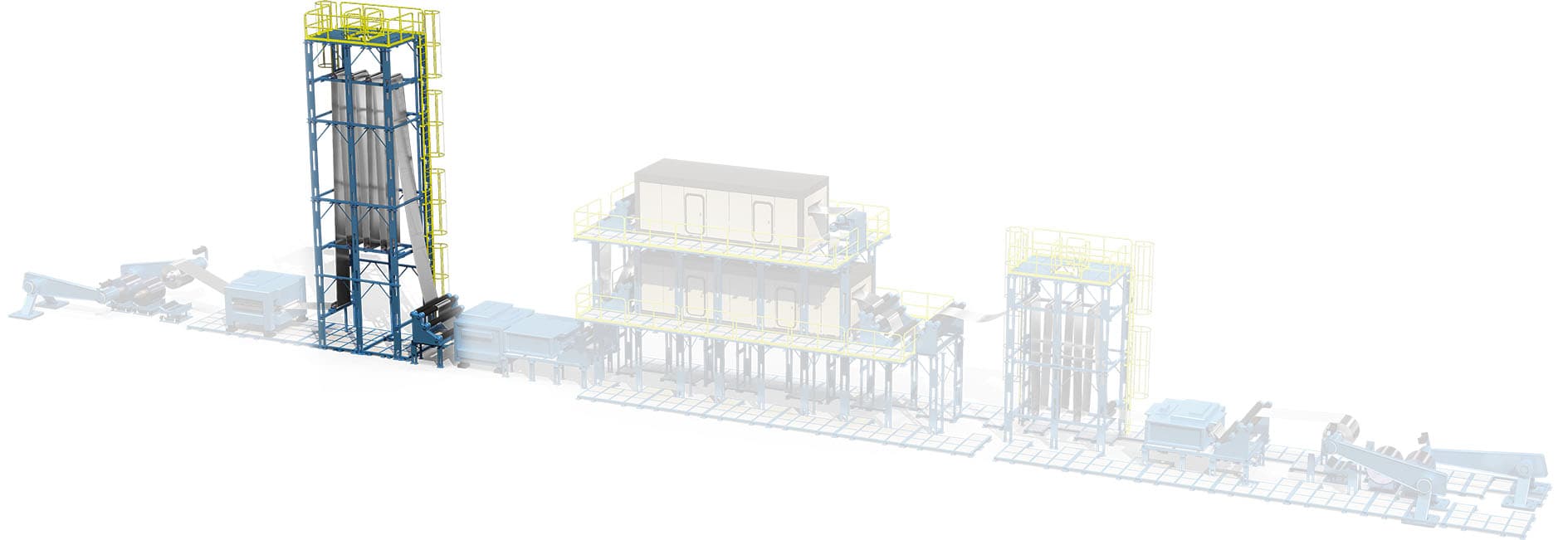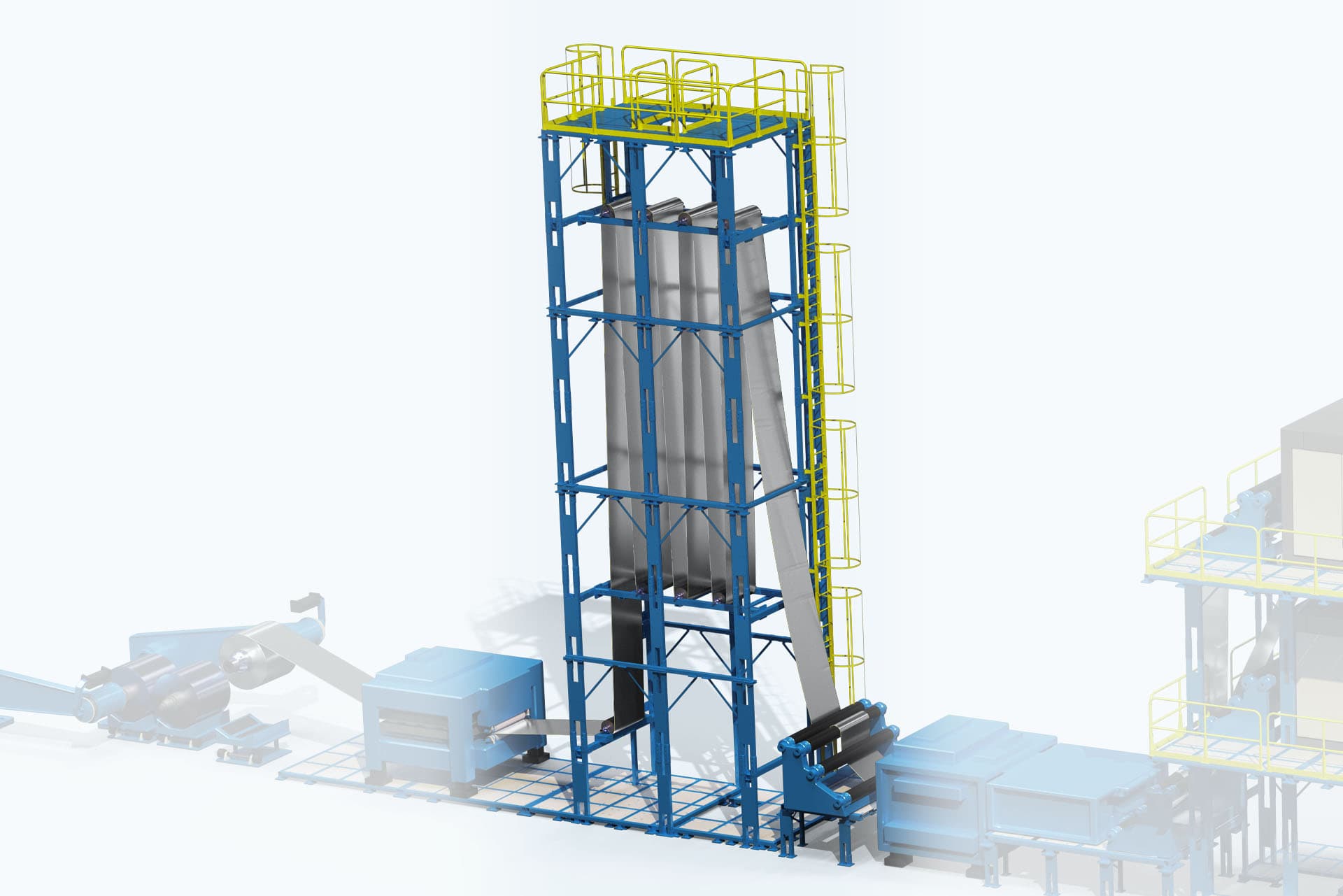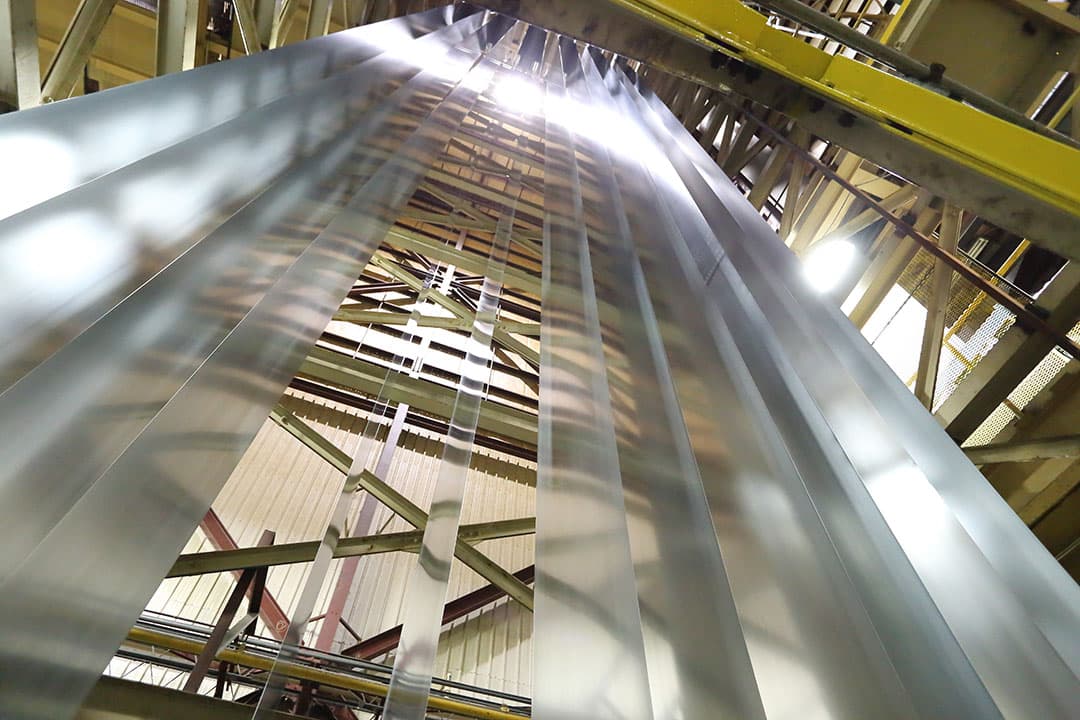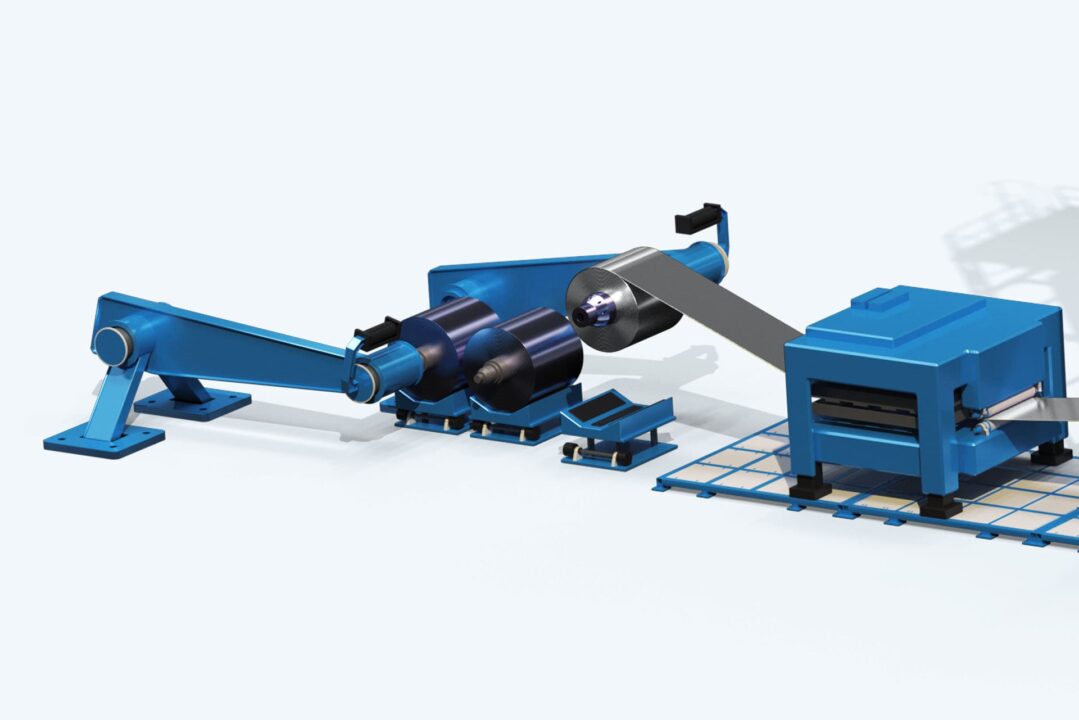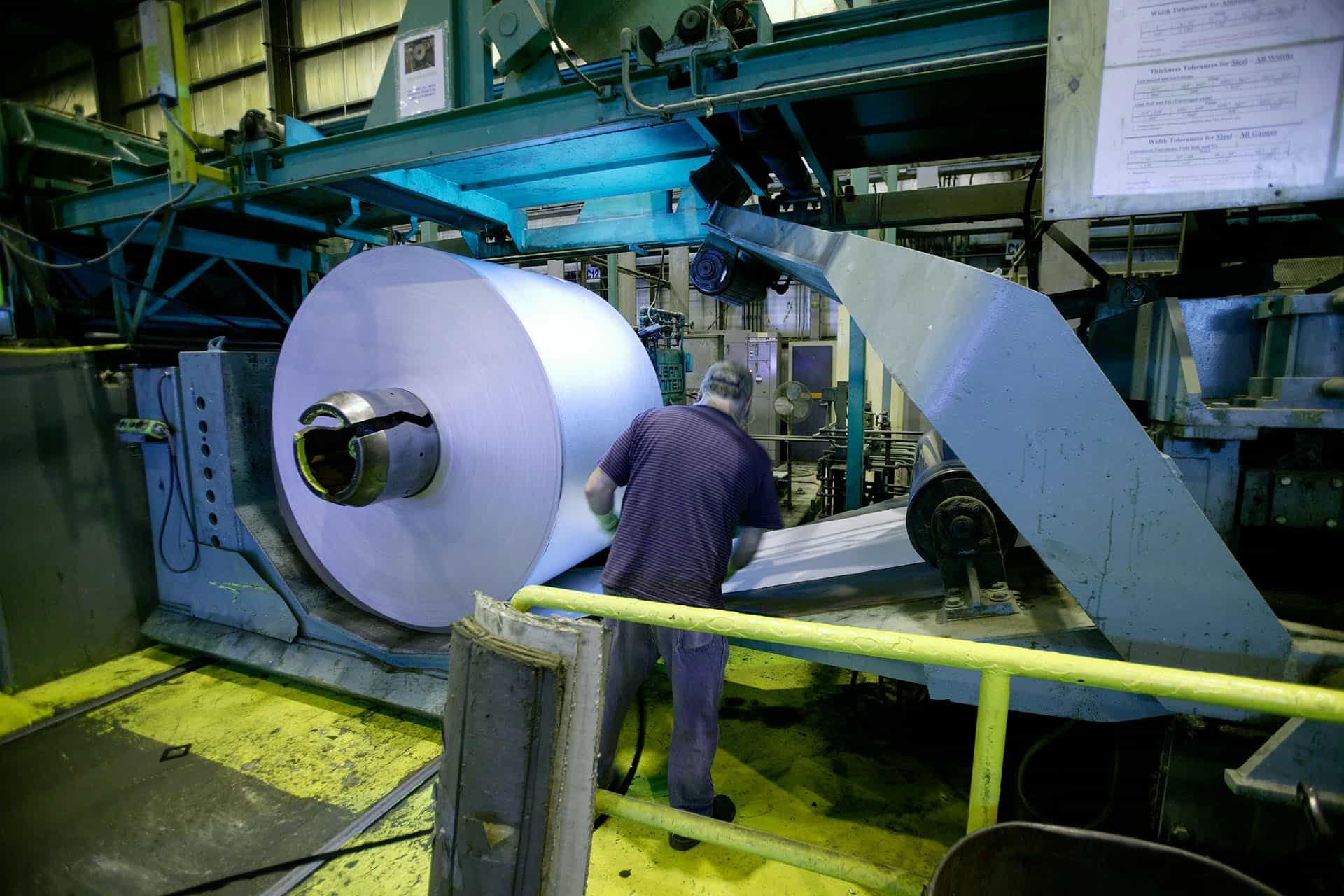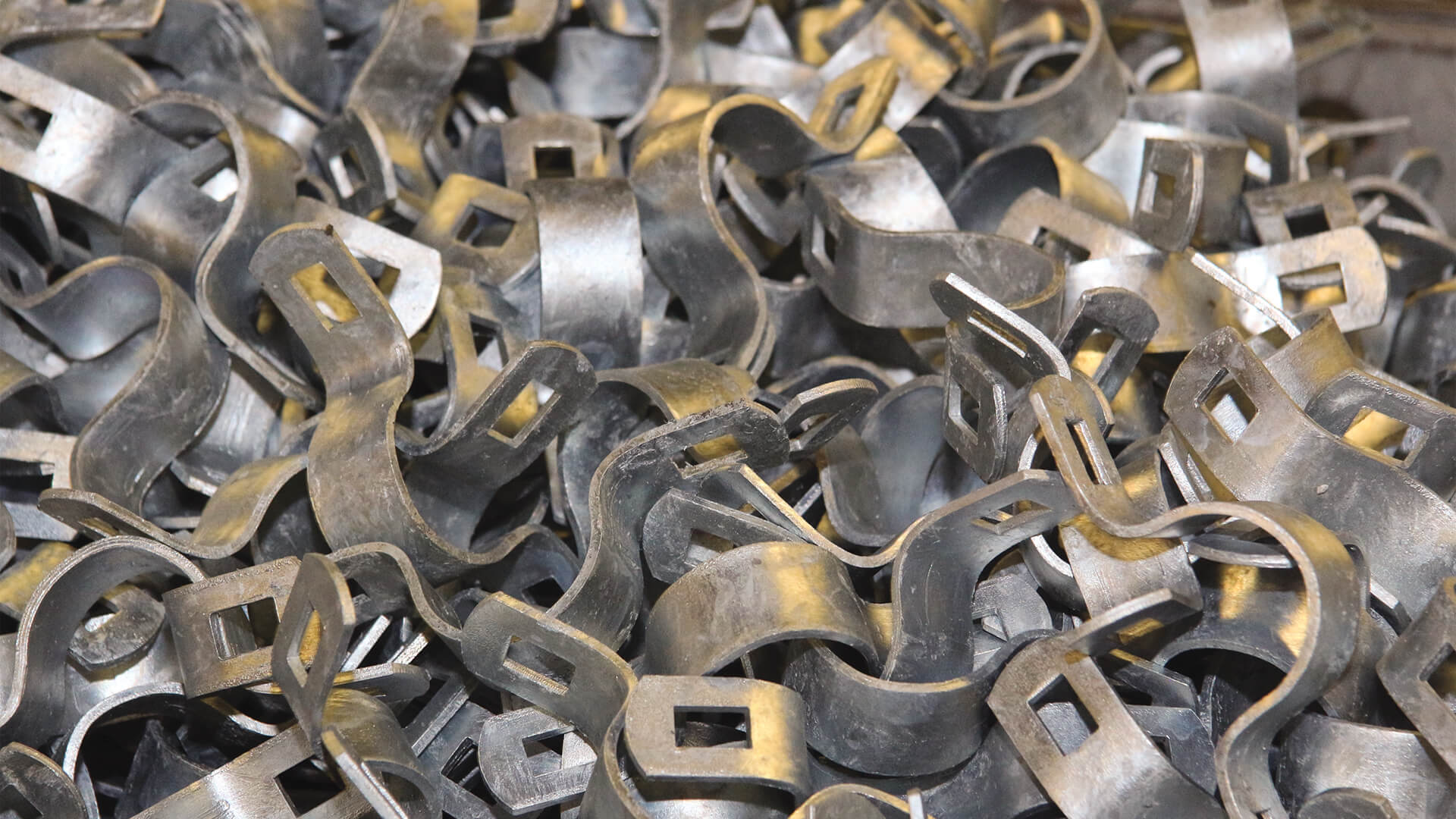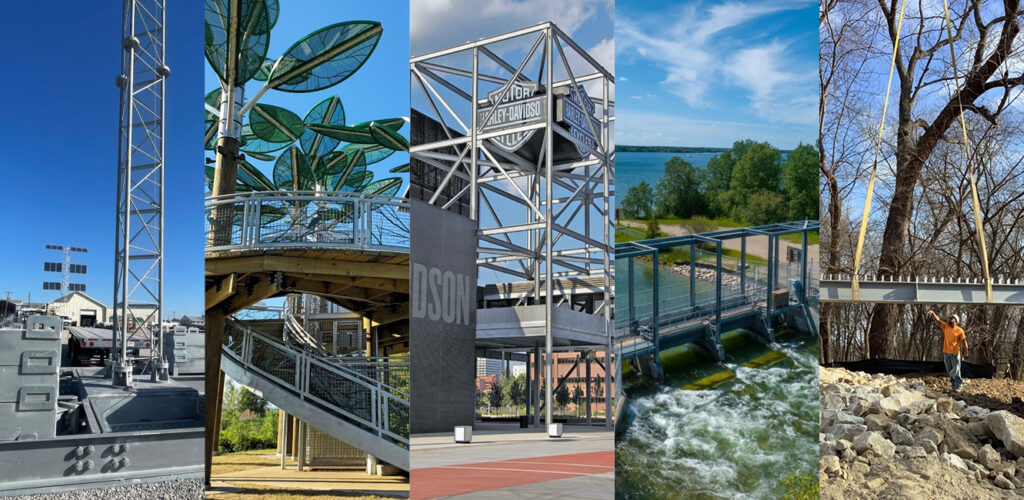Whether used in atmospheric, concrete, soil, or fresh- or salt-water applications, hot-dip galvanizing delivers maximum service life. There will be no difficult field repairs and no labor and material costs normally associated with replacing unprotected fasteners.
Left unprotected, steel will corrode and suffer loss of mechanical properties and integrity that is very dangerous when it happens to fasteners. Hot-dip galvanizing prevents corrosion by coating steel with zinc. The galvanized coating is metallurgically bonded to the underlying steel, forming an impervious barrier between the steel substrate and the corrosive environment. The hot-dip galvanized coating also preferentially corrodes to protect the fasteners underlying steel and is able to protect small areas of the fasteners steel that may become exposed when mechanically damaged. Hot-dip galvanizing is the most effective method for delivering both long-term barrier protection and cathodic protection.
Hot-dip galvanized fasteners are produced in the same galvanizing process, but are centrifuged in special equipment or spun when they are removed from the galvanizing bath to remove excess zinc. Items too long or too large to centrifuge, such as long threaded rods, may be brushed while hot to remove any excess zinc from the threads. Studs welded to assemblies may have to be cleaned after the assembly has cooled. This requires reheating with an acetylene torch and brushing to remove excess zinc. Alternatives to welded studs should be considered when possible.
The hot-dip galvanized process delivers an excellent fastener for a variety of reasons:
- Complete & consistent coverage – the complete immersion in molten zinc ensures excellent corrosion protection for 100% of the exposed surfaces, with a consistent zinc thickness.
- Coating thickness – hot-dip fasteners, depending upon diameter, will have from 1.7 to 3.4 (43 to 86 microns) mils of the impervious zinc coating. Zinc-plated fasteners have a thin zinc coating, up to only 1 mil (25 microns).
- Cathodic protection – unlike other barrier coatings, such as paint, zinc is a sacrificial metal and preferentially corrodes to protect the underlying steel.
- Bond strength – hot-dip fasteners have a coating bond strength in the range of 3600 psi (24.82 MPa). The coating is extremely difficult to damage. Painted and zinc plated coatings have a typical bond strength of only a few hundred PSI and are easily scratched and removed.
- Hardness – Hot-dip galvanized fasteners have zinc-iron alloy layers, formed during the galvanizing process, that are harder than the base steel itself. These abrasion resistant layers make the galvanized coating difficult to damage during tightening.
- Temperature range – Galvanized fasteners perform well across a broad temperature range, from continuous exposure in the arctic climates to the extremes of 392°F (200°C) in processing plants.
- Paintable – Prepared according to ASTM D 6386 (Practice for Preparation of Zinc [Hot-Dip] Galvanized Coated Iron and Steel Product and Hardware Surfaces for Painting), hot-dip coatings are successfully painted, providing long-lasting under film corrosion protection.
- Applicability – Hot-dip galvanizing is a factory-controlled process, independent of weather conditions, and touch-up in the field is rarely necessary. However, should field touch-up or repair of the galvanized coating be needed, zinc coatings can be repaired following the guidelines of ASTM A 780 (Practice for Repair of Damaged and Uncoated Areas of Hot-Dip Galvanized Coatings).
- Suitability – The thicker zinc coating on hot-dip fasteners translates into excellent performance in extreme weather and atmospheric conditions. Larger connections are most commonly hot-dip galvanized. Additionally, hot-dip galvanized fasteners are suitable for use in contact with treated wood.
Design considerations courtesy of American Galvanizers Association. The AGA also has the publication, The Design of Products to be Hot-Dip Galvanized After Fabrication, available for download.
